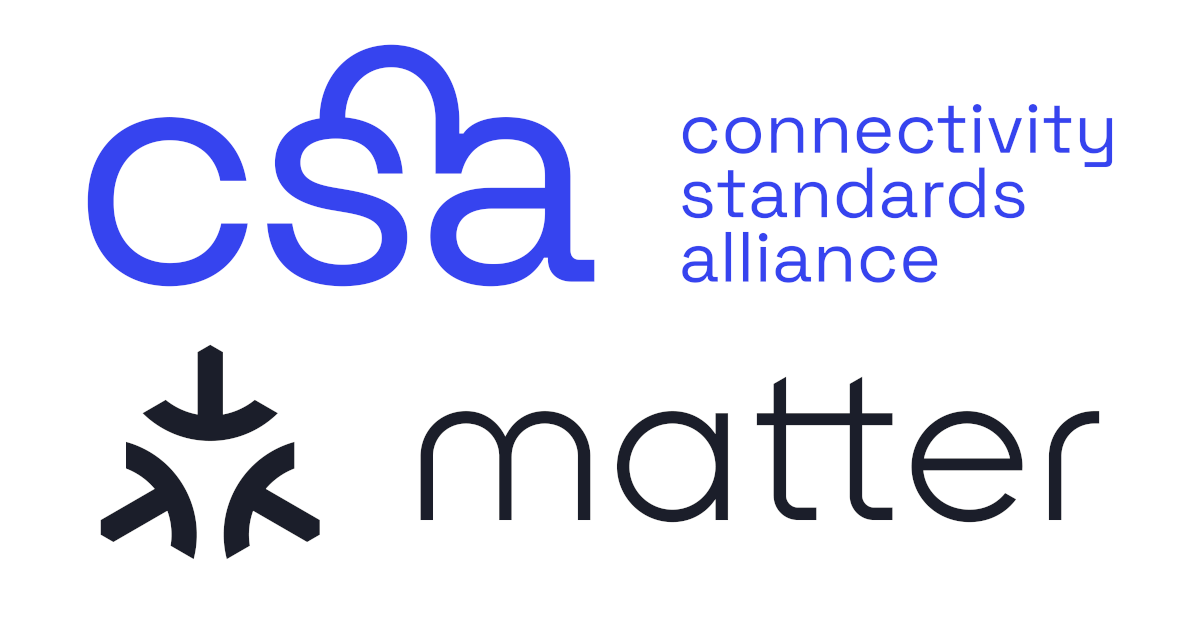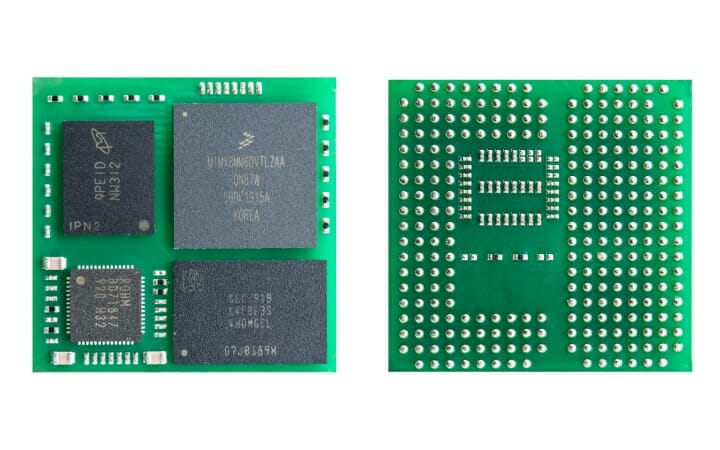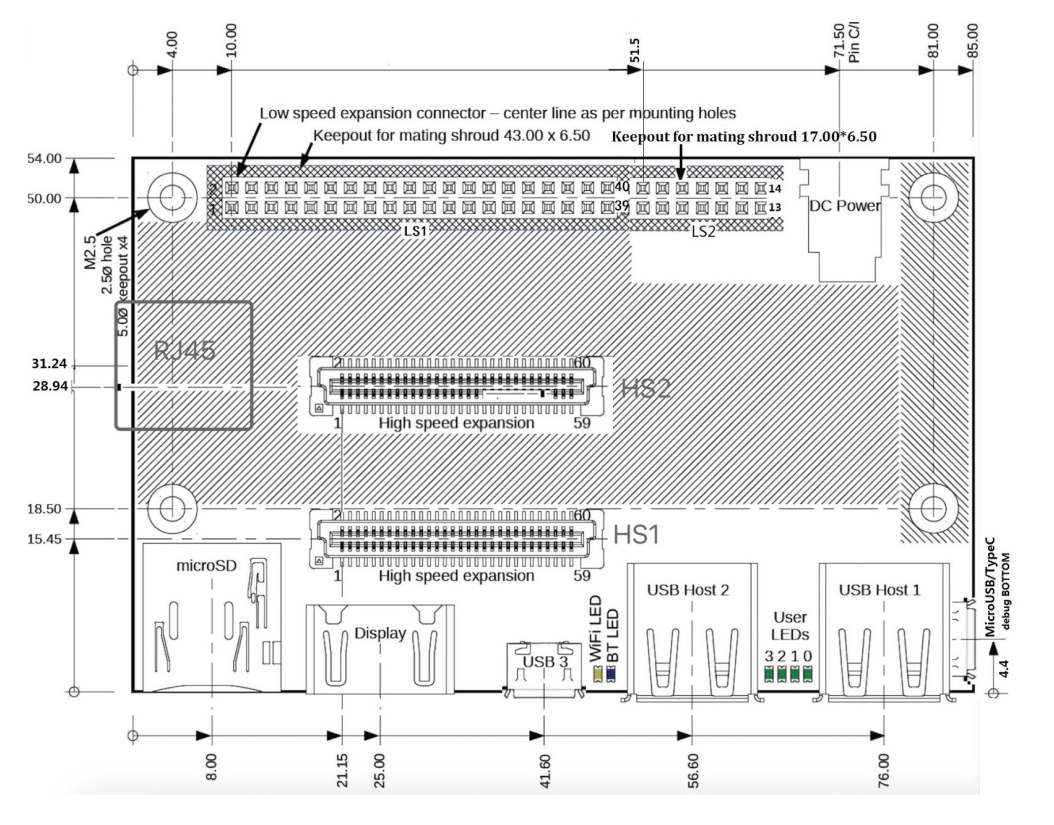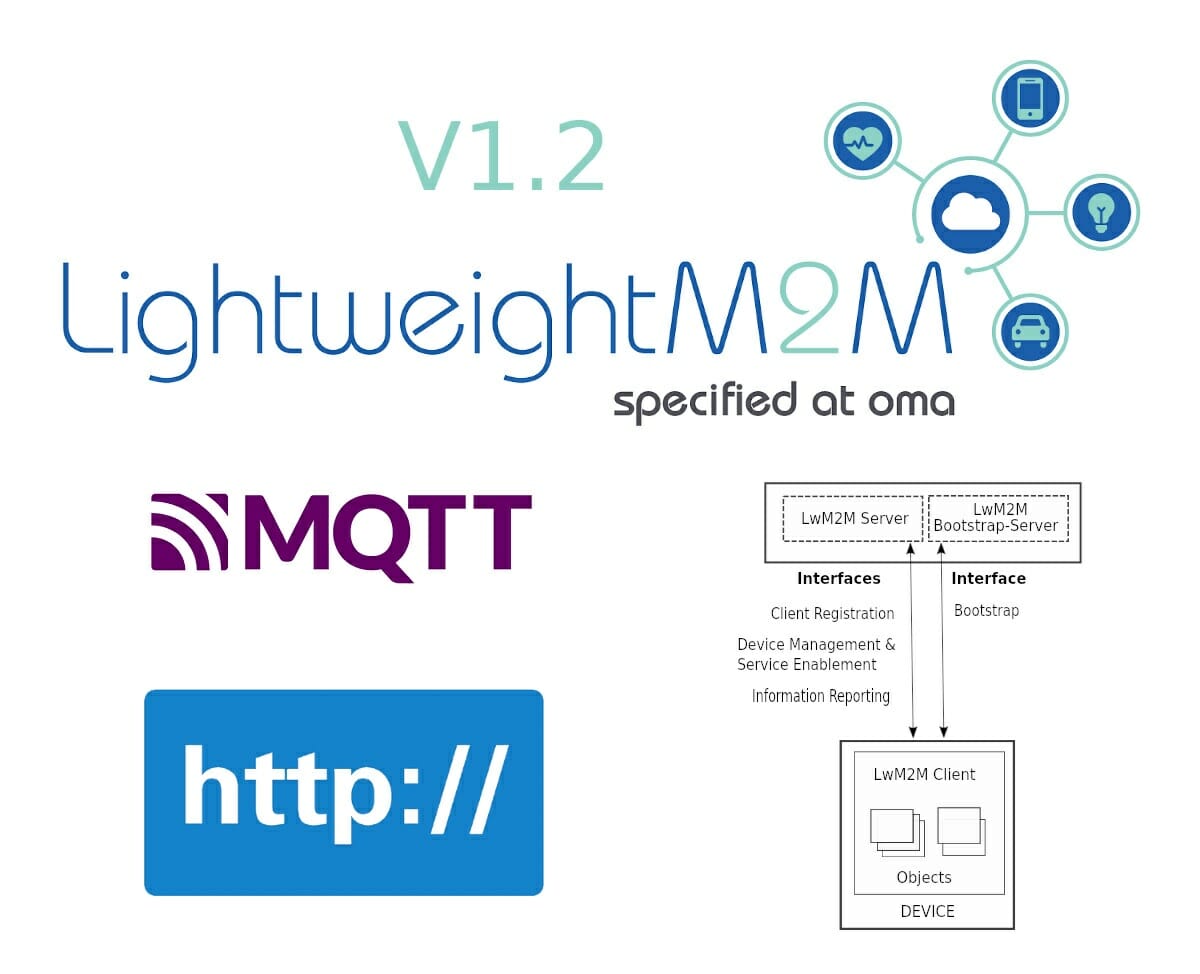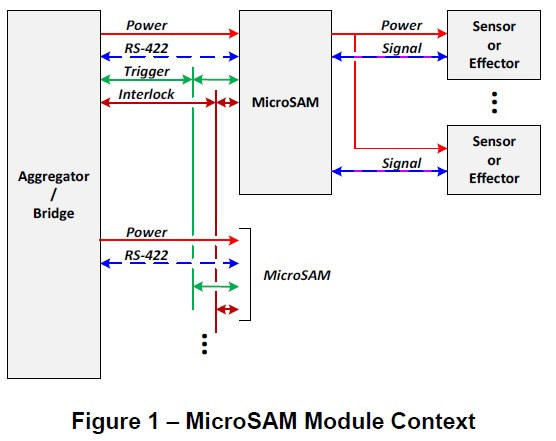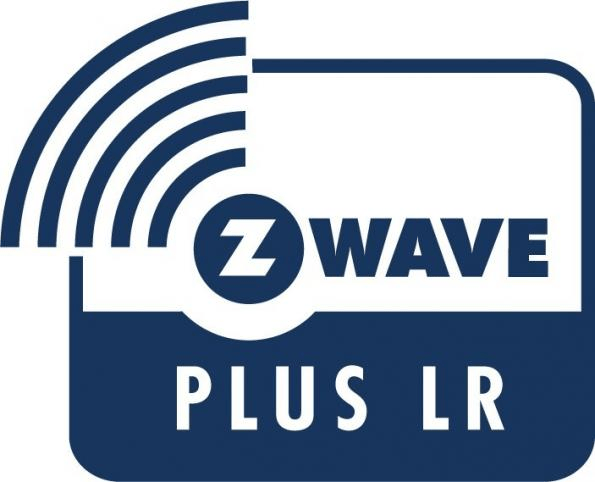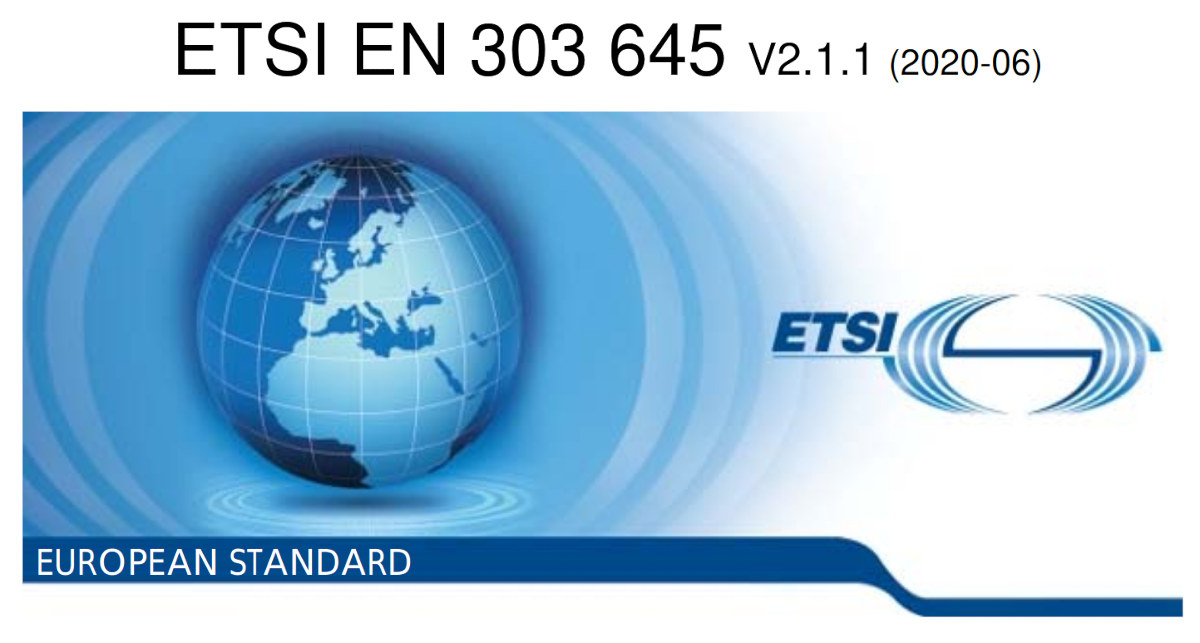The Zigbee Alliance is/was an organization of hundreds of companies creating, maintaining, and delivering open standards for Zigbee… and other Internet of Things (IoT) standards including Smart Energy, Green Power, JupiterMesh, rf4ce, Dotdot, etc… Since the organization does not reflect its involvement beyond Zigbee, the name has just been changed to the Connectivity Standards Alliance (CSA), and while they were at it they also rebranded “Project CHIP” (Connected Home over IP) to “Matter”, maybe because “connectivity standards matter!” 😉 There’s also a new website csa-iot.org but it may not have complete information just yet, and they invite you to access the Full website (https://zigbeealliance.org/about/) for extra details. Nothing much has changed here besides the name. But there’s more to report about Matter. A dedicated website has launched for the new standard, although the code remains under the Project Chip GitHub account at this time. What’s more interesting is that formal […]
SGET OSM (Open Standard Module) compliant SoM features NXP i.MX 8M Mini SoC
The SGET (Standardization Group for Embedded Technologies) non-profit organization ratified another system-on-module standard last November, with the “Open Standard Module” (OSM) standard that instead of relying on edge or board-to-board connectors is meant to be soldered on the carrier board as a solder-on module LGA package. F&S Elektronik has unveiled one of the first SGET OSM compliant SoM with “FS 8MM OSM-SF” equipped with an NXP i.MX 8M Mini processor, up to 8GB DDR4, 32GB eMMC flash or 512MB NAND flash on a 30x30mm “Size-S OSM” form factor. FS 8MM OSM-SF system-on-module FS 8MM OSM-SF module specifications: SoC – NXP i.MX 8M Mini single, dual, or quad-core Arm Cortex-53 processor @ 1.8 GHz with real-time Cortex-M4 core @ 400 MHz, Vivante 2D & 3D GPU, 1080p60 H.265, VP9, H.264, VP8 video decoder System Memory – Up to 8GB LPDDR4 Storage – Up to max. 512MB SLC NAND flash or up […]
96Boards Consumer Edition Specification v2.0 adds Ethernet, PCIe, expansion connectors
Linaro’s 96Boards specification was first introduced in 2015 with the launch of Hikey SBC following 96Boards CE specification, which CE standing for Consumer Edition. The standard would define mechanical, electrical, and software requirements to create an ecosystem of low-cost, expandable, compatible, and well-supported boards. The software requirements were never very well followed, and while the hardware would usually be compliant, some complained about the specifications themselves notably with the lack of Ethernet for the standard version of the 96Boards CE SBC. Linaro has now announced the updated 96Boards CE specification 2.0 that adds ports location for optional Ethernet and PCIe Ethernet connector among other things. The minimum hardware requirements remain the mostly same, except for a few tweaks: Ultra-small low-profile form factor – 85x54x12 mm Extended Version: 85x100x12mm Design is SoC independent (targets 32- and 64-bit SoCs) 0.5 GB RAM (Minimum 4GB recommended for Android) MicroSDHC Socket for up 64GB […]
LwM2M v1.2 M2M & IoT device management protocol adds support for HTTP and MQTT, LwM2M gateways
Lightweight M2M (LwM2M) is a REST-based protocol from the Open Mobile Alliance (OMA) for M2M & IoT device management that defines the application layer communication protocol between an LwM2M server and an LwM2M client running on an IoT/embedded device. While LwM2M v1.0 was published in early 2017, we first covered the new protocol a year earlier as Imagination Technologies released the source code for the LwM2M stack running on MIPS Creator Ci40 development board. Since then we’ve mostly seen the LwM2M protocol supported in cellular LTE IoT modules including Quectel BC66 and u-Blox Sara-R410M, as well as the now-defunct Samsung Artik WiFi IoT modules. LwM2M v1.0 was followed by v1.0.1 and v1.0.2 for bug fixes, and v1.1, but OMA has now announced LwM2M v1.2 protocol that adds the following new features: New transports for LwM2M: MQTT and HTTP Optimizations for the bootstrapping and registration interfaces to reduce the amount of […]
MicroSAM System-on-Module Standard Targets Microcontrollers, IIoT Sensors
There are plenty of system-on-module standards, but those mostly target application processors such as Intel/AMD x86 processors or Arm Cortex-A based SoCs. PICMG has now added a new IIoT-related open standard with MicroSAM specifying a 32x32mm module for microcontrollers and industrial IoT sensor nodes. MicroSAM standard highlights: Reliable RS422 industrial-grade communications PWM output for motion control applications Direct connectivity to a variety of sensor types (analog voltage, analog current, digital) Low power consumption Power filtering and signal conditioning for embedded installations Dimensions – 32mm x 32mm Latching connectors for secure connectivity Full industrial operating temperature range from -40°C to +85°C One of the advantages often cited for traditional SoMs is that customers don’t have to take care of the complex layout around the processor and RAM, and can simply create a 2-layer baseboard to insert the 6-layer SoM into it. This lowers the development costs and time-to-market. But it’s not […]
Z-Wave Long Range (LR) Promises Up to 4 Times the Range, 10-year Battery Life
The new Z-Wave Alliance Technical and Certifications workgroup, part of the Z-Wave Alliance, has announced the new Z-Wave Long Range (Z-Wave LR) specifications offering up to four times the range, support for ten times larger network, and 10-year coin cell battery life while keeping backward compatibility and interoperability Z-Wave LR will support up to 2000 nodes on a single smart home network making it suitable for indoor and outdoor smart home applications in multi-dwelling units, hotels, and hospitals, and removing the need for repeaters. The Z-Wave LR specification will be managed and certified under the Z-Wave Plus V2 certification program that currently mandates the inclusion of the enhanced S2 security framework as well as SmartStart plug-and-play setup feature for the consumer smart home. More details may be found on the press release and some of the sessions that were presented at Works With by Silicon Labs Virtual Conference on September […]
ETSI Releases EN 303 645 IoT Security Standard for Consumer Devices
To be successful over the long term, IoT must be secure, at least that’s what people say. So in 2016, UL introduced the UL 2900 IoT security standard, but it set the bar so high, that nobody ended up using it. and the UL IoT Security Rating System was introduced last year with various rankings for IoT devices security from bronze to diamond. The rating system was based on various countries/regions standard including ETSI TS 103 645 standard for the European market which defined requirements in terms of software updates, data & cryptography, logical security, system management, privacy protection, protocol security, and processes and documents. The ETSI Technical Committee on Cybersecurity (TC CYBER) has now released an update to TS 103 645 IoT security standard with ETSI EN 303 645 “that establishes a security baseline for internet-connected consumer products and provides a basis for future IoT certification schemes”. There are […]
NFC Wireless Charging Coming Soon to IoT Devices and Wearables
NFC is better known for contactless payment and transferring contacts, but one interesting feature is the ability to provide power as we’ve recently seen with batteryless NFC powered E-paper displays. The current NFC implementations can only provide a limited amount of power, but the NFC Forum has recently approved the Wireless Charging Specification that enables wireless charging of small, battery-powered consumer and IoT devices with a smartphone or other NFC charging device at a power transfer rate of up to one watt. One watt is not as much as other similar technologies, but NFC wireless charging (NFC WLC) should be quite more cost-effective since device-specific wireless chargers are not needed. Just take a phone or charger with NFC WLC and all compliant devices could be charged that way. The specification is free to download for NFC Forum members but must be purchased by others. There’s still short abstract available: Wireless […]


